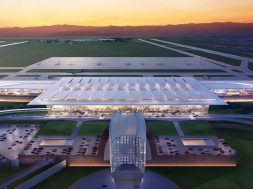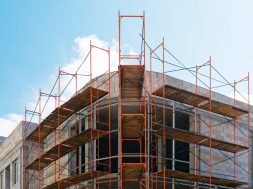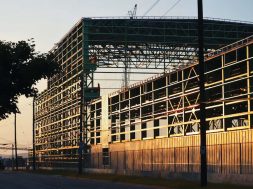Why tall, how tall
India is set to become the third largest economy in the world by 2030, according to the recent macroeconomic projections by the US Department of Agriculture. The macroeconomic projections for 2015 show India in the eighth spot, behind countries like Brazil, France and Germany. However, in another 15 years, the country is expected to topple these giants and break in to the top three only after the US and China.
The projected economic revolution will push for large scale urbanisation in the coming decades. With more than one crore population getting added every year to urban areas, India’s urban population is expected to reach about 81 crore by 2050. The shortage of urban housing across the country is estimated to increase to 3.41 crore units by 2022. Given this scenario, it becomes critical to fill the existing gaps in the country’s strained urban housing infrastructure.
Upon realising the situation, the central government has promised to provide housing to all its citizens by the year 2022.
However, in urban areas, it is almost impossible to realise this ambitious target without vertical expansion due to shortage of adequate land, increased land prices and greater population densities.
In addition, high-rise buildings reduce the financial burden on the government or local bodies in comparison to the horizontal expansion in terms of expenditure towards infrastructure development such as plumbing, sewage, laying of roads and electricity.Globally, buildings between 23 metres to 150 metres high are considered as high-rise whereas buildings taller than 150 metres are classified as skyscrapers.
Until recently, being the finance capital, Mumbai was the only privileged Indian city to get such tall buildings. Though, Mumbai continues to see the highest demand for skyscrapers with more than 30 giant structures are under execution, other major cities across the country are also in the race of touching the sky. Report says, around 60 skyscrapers are set to dominate the Indian skyline.
Though building skyscraper is relatively a new concept in India, the country has already started creating its mark on the global level. The construction of India Tower, the proposed supertall skyscraper in Mumbai, started in 2010. With 126-storey, 718-metre height, it is planned to be the second tallest building in the world after the Burj Khalifa in Dubai. However, the construction of the same has been stalled due to regulatory issues.
World One, another skyscraper being built in Mumbai, is set to be the world’s tallest residential tower with 442-metre height and 117-storey.
New Delhi, the capital of India, is not far behind in the race. With more than 15 skyscraper projects being developed, the capital is becoming a preferred destination for high-rise developers and buyers. Working with the winds of change, Kolkata, the city of joy, is also growing vertical.
Fast developing cities like Ahmedabad and Bengaluru too have joined this league. Even Telangana, the youngest state in India, has mooted the idea of building world’s tallest tower around Hussain Sagar lake in Hyderabad.
Globally recognised Indian architect Hafeez Contractor once said to this magazine, “I feel the only way is growing vertical…If we go vertical, our cities can be denser. Our transportation can be more economical. We can have mass transit and we don’t have to depend on fossil fuels or cars.”
On this note, we bring you this special issue on high-rise buildings. Featuring almost every component of high-rise buildings, this exclusive issue can be a perfect guide to know the technologies, trends, challenges and future outlook of the high-rise buildings market in India in a much appropriate way.
If we go vertical, our cities can be denser. Our transportation can be more economical.
Around 60 skyscrapers are set to dominate the Indian skyline.
Cookie Consent
We use cookies to personalize your experience. By continuing to visit this website you agree to our Terms & Conditions, Privacy Policy and Cookie Policy.









